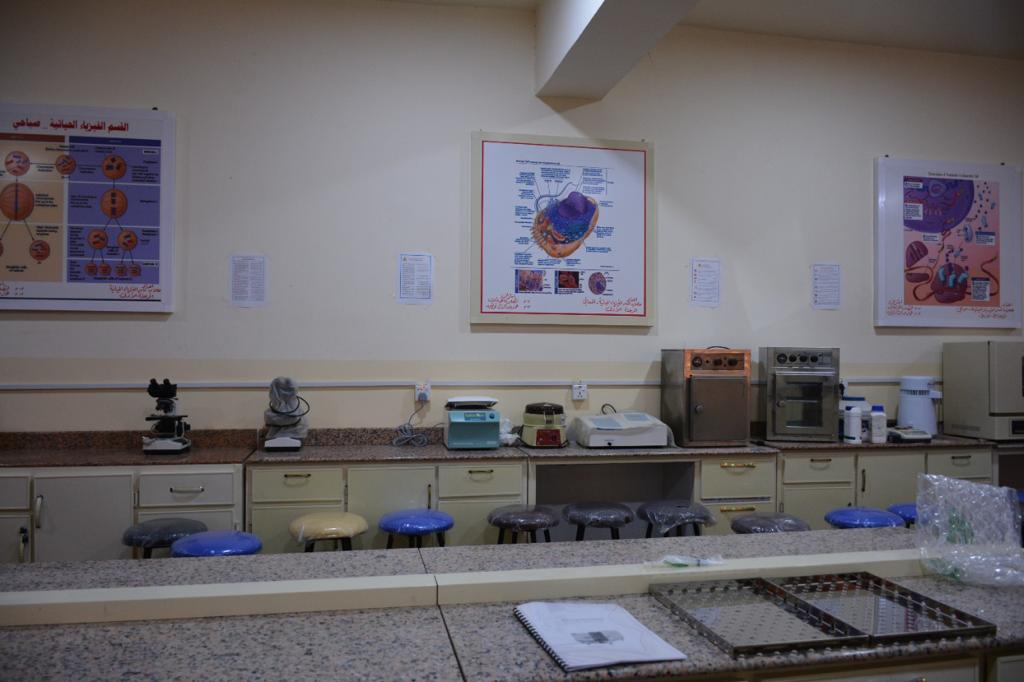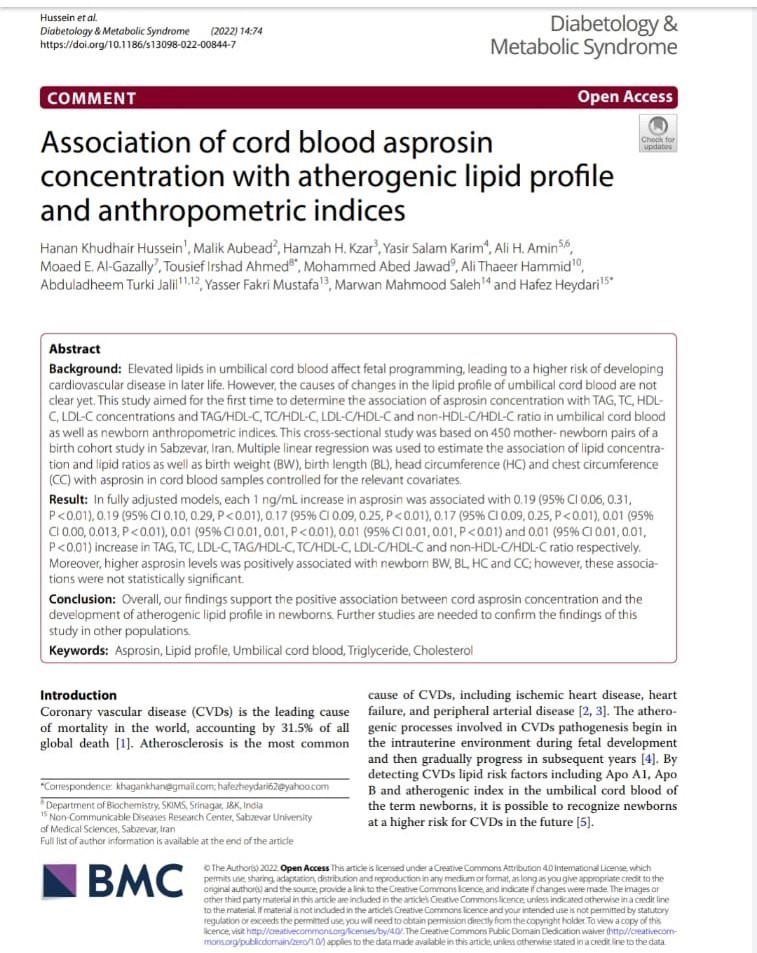
Enteroaggregative Escherichia coli
Enteroaggregative Escherichia coli
Assistant Lecturer. Ola Jamil Jubeir
These strains were identified as E. coli HEP_2 strains with a pattern called auto aggregative (Nataro and Kaper, 1998). This strain is considered the largest cause of persistent diarrhea in infants, as this strain has been associated with an increased cause of diarrhea in children in developing countries with diarrhea lasting more than 14 days, EAEC was defined by its ability to enter into epithelial cells distinct pattern, as the spores of this strain By sticking to the intestinal cells and forming a thin and compact layer of mucus on them, which is the main cause of death or disease, it is the cause of watery diarrhea caused by strains of E. coli belonging to this class, which are often persistent and can be inflammatory, or this strain may be associated with intermittent diarrhea in Children and adults in both developing and developed countries, and has been identified as the cause of the outbreak of many diseases worldwide, as this strain was observed accompanying persistent diarrhea in India, and persistent diarrhea is diarrhea that cannot be controlled before the passage of at least two weeks, as it was observed In Mexico, Bangladesh, Congo, Brazil, cases in the UK and Germany, it causes a few cases in industrialized countries (Nataro et al., 1998).
The aetiology of EAEC strains is not well understood, although several factors of virulence have been used to diagnose this strain. EAEC strains encode “Aggregative adherence fimbriae” (AAF), EAEC isolates frequently produce a “Pic” gene that has the ability to encode the DNA of a gene similar to a gene encoding enterotoxin, EAEC strains produce heat_stable endotoxin “EAST1” is similar to the toxins produced by ETEC “ST1” strains, the O126 strain is the most important serotypes belonging to this group, in addition to the O111, O42 strain that researchers isolated from human diarrhea (Mohammad zadeh et al., 2016; Welch, 2006).
Adherence Escherichia coli
They are the strains that have the ability to stick and are considered the last group that was discovered after the other groups, and they can infect infants and school children, a distinct pattern is defined from the patterns to HEp_2 cells (Nataro and Kaper, 1998). The name of this strain is derived from its special characteristic of fimbria-mediated cell adhesion, the epidemiology and pathogenesis of this strain is not well understood. DAEC can cause diarrhea in school-aged children, infants, and toddlers (<1 year of age). It differs from other E. coli strains that cause diarrhea by its distinct adhesion phenotype, on HEp_2 cells. Bacteria are the sixth group of E. coli strains that cause diarrhea (Scaletsky et al., 2002).

